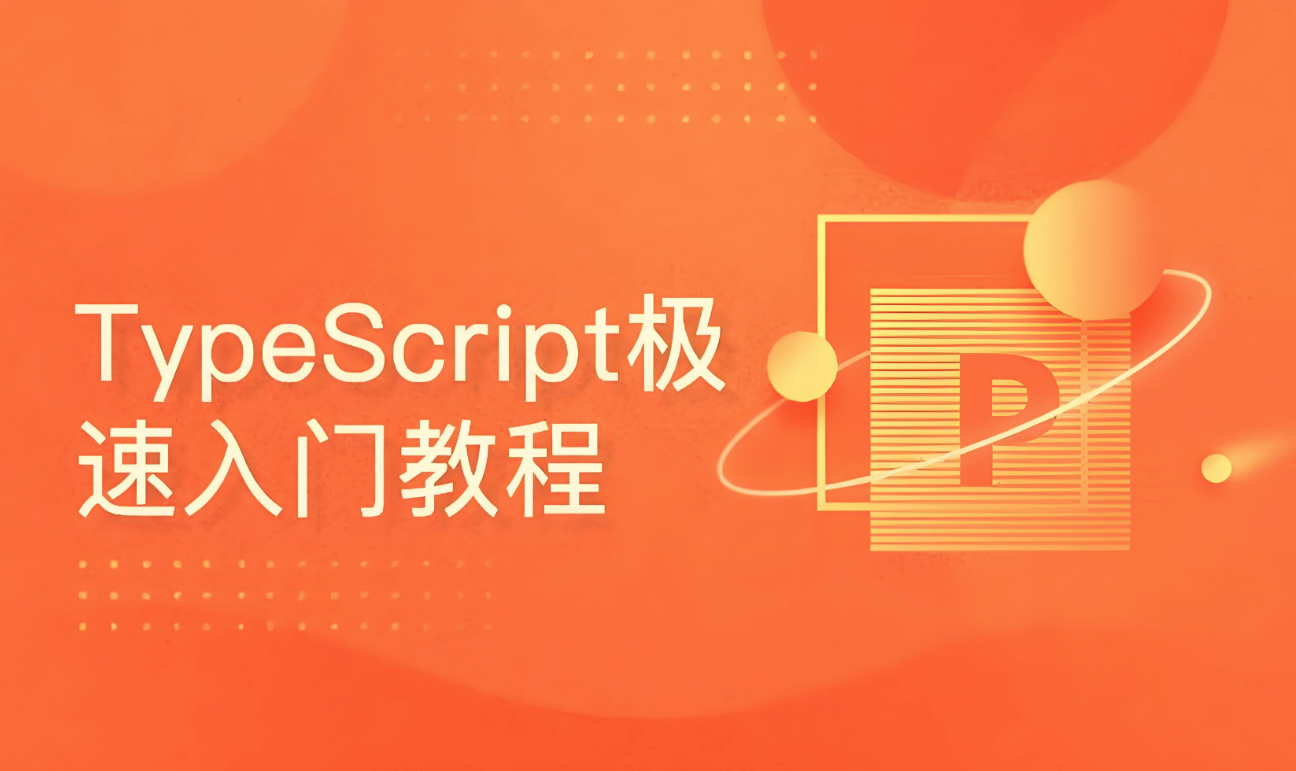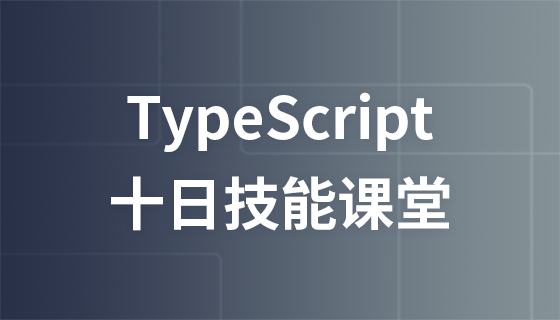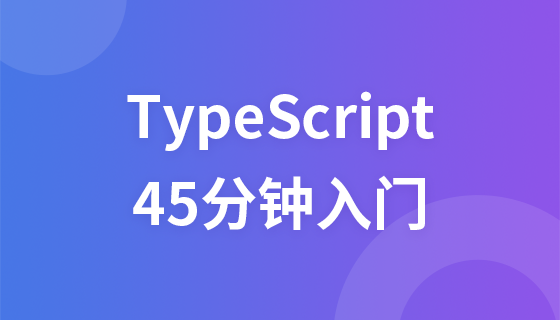typescript 通过 id 获取值,取决于你的数据结构。没有通用的单一方法。 以下我将根据几种常见的数据结构,分别讲解如何高效地实现这一目标,并分享一些实际操作中遇到的问题和解决方法。

1. 数组:
如果你的数据存储在一个数组中,且每个对象都有一个唯一的 ID 属性,那么你可以使用 find() 方法。 例如,假设你有一个包含用户信息的数组:
<code class="typescript">interface User {
id: number;
name: string;
email: string;
}
const users: User[] = [
{ id: 1, name: 'Alice', email: 'alice@example.com' },
{ id: 2, name: 'Bob', email: 'bob@example.com' },
{ id: 3, name: 'Charlie', email: 'charlie@example.com' }
];
const userIdToFind = 2;
const foundUser = users.find(user => user.id === userIdToFind);
if (foundUser) {
console.log(`User with ID ${userIdToFind}:`, foundUser);
} else {
console.log(`User with ID ${userIdToFind} not found.`);
}</code>我曾经在一个项目中,因为 ID 类型不匹配(数据库返回的是字符串,而代码中定义的是数字),导致 find() 方法始终返回 undefined。 调试了很久才发现这个问题。 所以,务必确保 ID 的类型一致性。
2. 对象(字典/映射):
如果你的数据存储在一个对象中,以 ID 作为键,值是对应的数据,那么获取值就非常直接:
<code class="typescript">const usersById: { [id: number]: User } = {
1: { id: 1, name: 'Alice', email: 'alice@example.com' },
2: { id: 2, name: 'Bob', email: 'bob@example.com' },
3: { id: 3, name: 'Charlie', email: 'charlie@example.com' }
};
const userIdToFind = 2;
const foundUser = usersById[userIdToFind];
if (foundUser) {
console.log(`User with ID ${userIdToFind}:`, foundUser);
} else {
console.log(`User with ID ${userIdToFind} not found.`);
}</code>这种方法效率更高,因为它是直接通过键访问,而不需要遍历整个数组。 我曾经在处理大量数据时,对比了这两种方法的性能,对象方式的效率提升非常明显。
3. 更复杂的数据结构:
对于更复杂的数据结构,例如嵌套对象或树形结构,你需要根据具体结构编写相应的查找逻辑。 这可能需要递归遍历或其他更高级的算法。 例如,在一个树形结构中查找节点,你可能需要使用深度优先搜索或广度优先搜索。 这部分需要根据你的实际需求进行调整,没有通用的解决方法。
总而言之,选择哪种方法取决于你的数据结构。 记住要仔细检查数据类型的一致性,并根据数据的规模选择合适的算法,以确保代码的效率和可维护性。 在实际开发中,仔细考虑数据结构的设计,可以大大简化数据访问的复杂度。
以上就是typescript怎么通过id获取值的详细内容,更多请关注php中文网其它相关文章!

每个人都需要一台速度更快、更稳定的 PC。随着时间的推移,垃圾文件、旧注册表数据和不必要的后台进程会占用资源并降低性能。幸运的是,许多工具可以让 Windows 保持平稳运行。




Copyright 2014-2025 https://www.php.cn/ All Rights Reserved | php.cn | 湘ICP备2023035733号